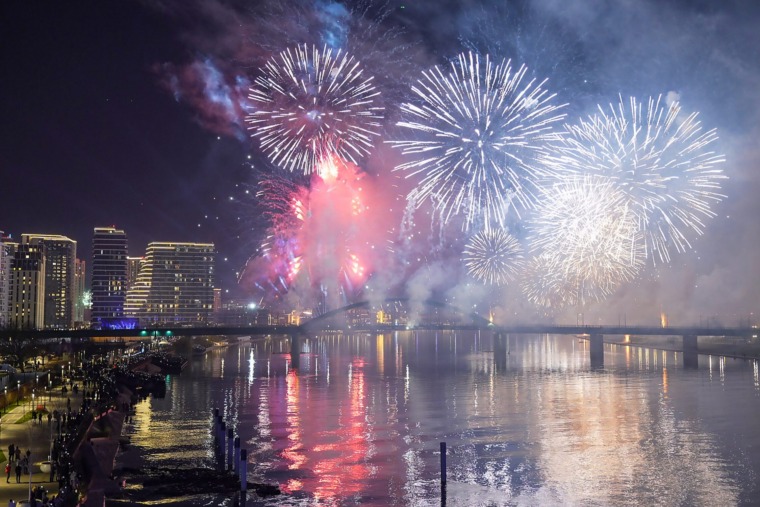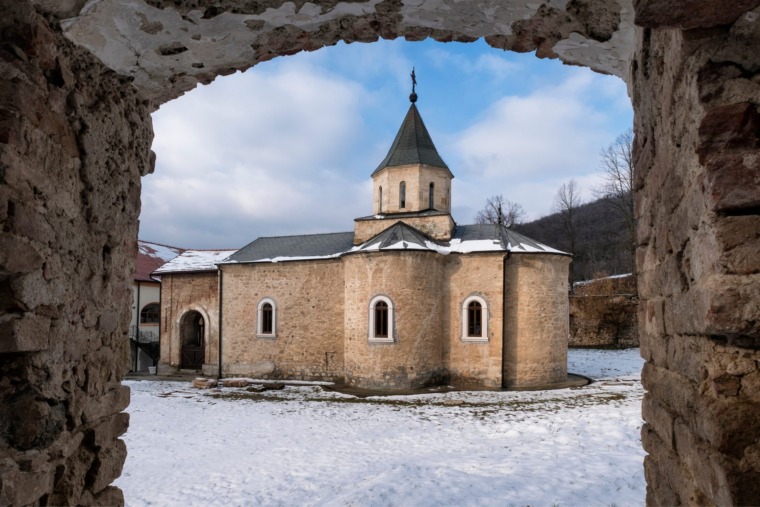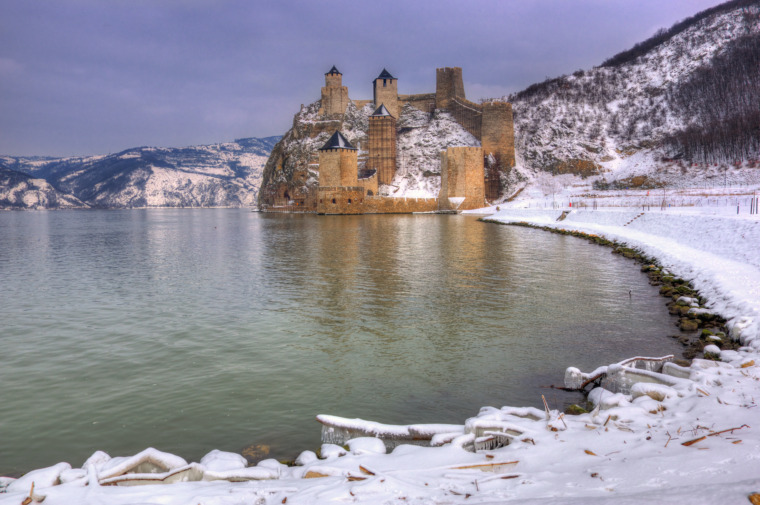
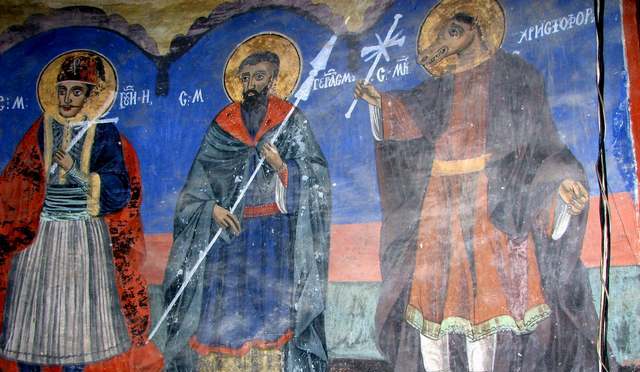
The walls of monasteries in Pirot’s district are guarding very unusual and unique frescoes for Christianity. In Sukovo monastery you can see a highly unusual scene – Saint with dog’s head, Virgin Mary with wings, whilst in St Peter and Paul’s church in Rsovci a fresco of baldheaded Jesus Christ is aweing and astonishing the believers.
Saint Nikolai Velimirovic called the district of Pirot “small Jerusalem” for its vast number of pilgrims and richness in sanctities. Pirot area has 72 registered religious objects. However, in these south-eastern Serbian places of worship are painted exceptional frescoes, unique in orthodox fresco painting.
In Sukovo monastery which is located 10 miles east of Pirot next to Zvonce Spa, on the right shores of river Jerma, two frescoes are drawing notable attention – depiction of St Christopher with a halo and head of an animal, and the depiction of winged Virgin Mary.
Legend of Sukovo monastery
The date when it was built and whose heritage it is, remains unknown. There are few known facts – that it was demolished few times, and that its frescoes were painted in 1606. However, unusual frescoes aside, there is a legend about the Sukovo’smonastery. According to the stories that have been told from generation to generation, monastery’s church today dedicated to the Ascension of the Holy virgin was erected bySalaj-beg from Pirot. Namely, the lands where the original monastery was at were of Salaj-beg. When he discovered that, he started to decimate the land up until his son Ermin fell ill. Beg had, as legends claim, called and Orthodox Church’s priest who read Ermin the prayer after which he quickly regained his health. As a token of gratitude, Salaj-beg decided to renew the monastery, so he wrote to his Sultan and got the ferman (a decree) which stated he was free to do build the temple. Sukovo monastery falls under the state’s protection since 1968.
Who was St Christopher and where does it originate such depiction of a saint in an orthodox monastery?
Patriarch (Archbishop) Pavle of Serbia has spoken about this peculiarity few years back for “Glasnik”, an official media of Serbian Orthodox Church, emphasizing that there are two stories about Saint Christopher – the one that comes from the East, and the other one from the West. “According to the East, orthodox story, St Christopher has roots in some cannibalistic tribes, also known as the dog-headed, (cynocephalus). In one out of many war campaigns, the army of Emperor Trajan Decius (249-151) encountered in the desert those strange people, caught one and sent him to Rome, as a strange gift to their Tsar. There, the dog-headed man, called Reprovos, discovered Christianity and during his baptism got a new, human form and the name Christopher”.
Roman Catholic Church speaks of Christopher as a giant from Palestine. He served many princes and kings, and as soon as he realized they were feeble and weak, he would leave them. Then he served the Satan, but left him as well since he was disappointed for Satan was afraid of the cross. That is the reason why he embarked on a journey to find the one who was symbolized by the cross. However, Jesus found him one night, when he asked Reprovos to carry him across the deep river. Reprovos did as he was told, but with every step the man became heavier and heavier. When they crossed to the other side, Jesus apprised him that he carried the burdens of the whole world on his back. And that is how he got his name Christopher – Christ bearer.
It is evident that the Christopher’s look in Sukovo’s fresco originates from the eastern legends.
Also, it is very unusual for Christian fresco painting depicting the Virgin Mary with wings. Usually wings are painted on Archangels as angelical forces, St John the Baptist, the one who announced the Lord Jesus Christ, so it is highly unusual why here Virgin Mary also has wings. Above the fresco there is an old faded inscription which sheds light on this peculiarity: “Virgin Mary guards and protects us with her wings from all the evils of the Evil who is trying to force us to doubt our faith.”

Fresco of baldheaded Jesus Christ

On the north wall of the St Peter and Paul’s church in Rsovci, also located in Pirot area, is kept safe another unusual fresco – the remains of former fresco of Jesus Christ depicted without his hair, thus making this particular fresco one of a kind in orthodox fresco painting. It is thought that it originated in the 13th century, and that it was painted by ascetics from Sinai who dwelled in this cave, for only here Jesus could have been depicted bald. Namely, frescoes in hermitage weren’t subjected to Episcopalian censorship.
Church in Rsovci is a cave church of which origins we know nothing about except that it was a shelter to ascetics, and later on to Serbs who ran from Turks.
These exceptional frescoes are drawing the attention to a vast majority of tourists who visit South-eastern Serbia, because no matter how explained their origins are, they still represent the rarity which can only be encountered in few other orthodox countries.
Photo 1: Tomislav Ž. Popović www.orthphoto.net
Photo 2: Bogdan www.orthphoto.net
Related Articles


Tourist Holiday Guide to Serbia: Tips, Traditions & What to Expect
December 20, 2025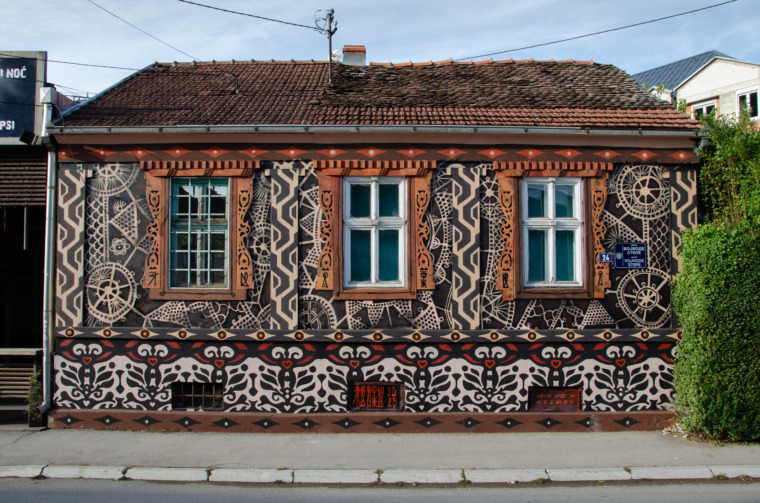
Čačak: Serbia’s Open-Air Gallery of Murals
December 19, 2025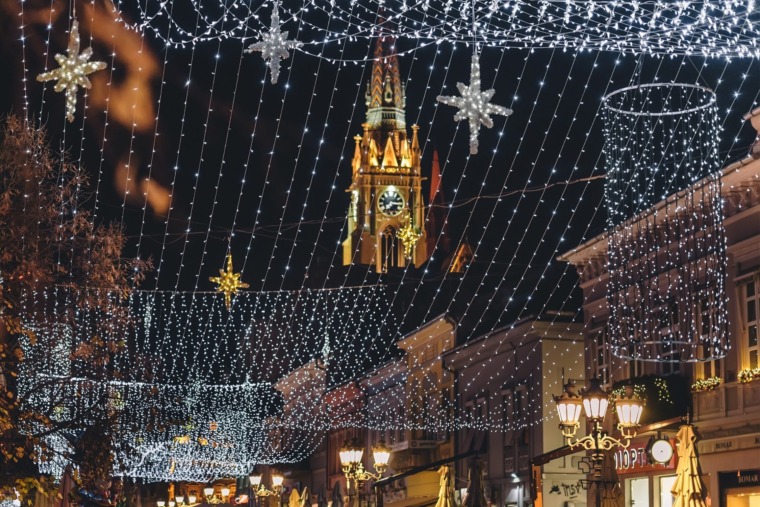
Snow-Free Serbia Travel Ideas for 2026
December 17, 2025
What to Do with Kids in Serbia: Family-Friendly Holiday Ideas
December 14, 2025

